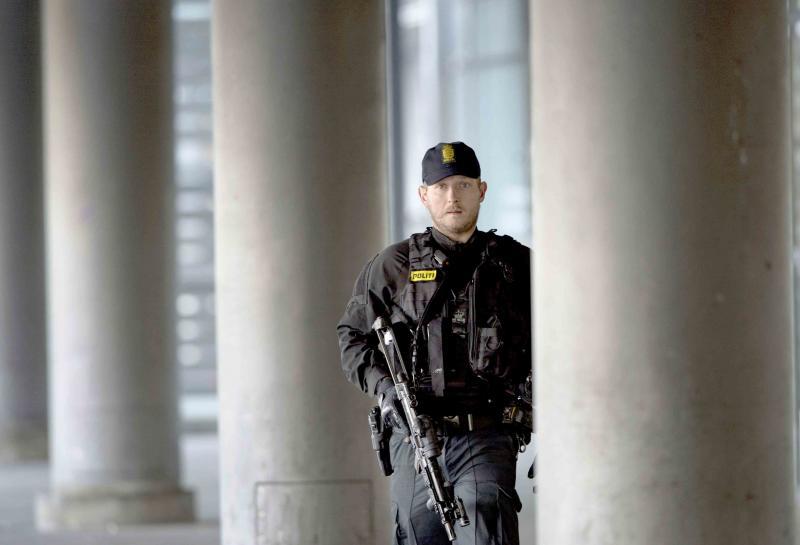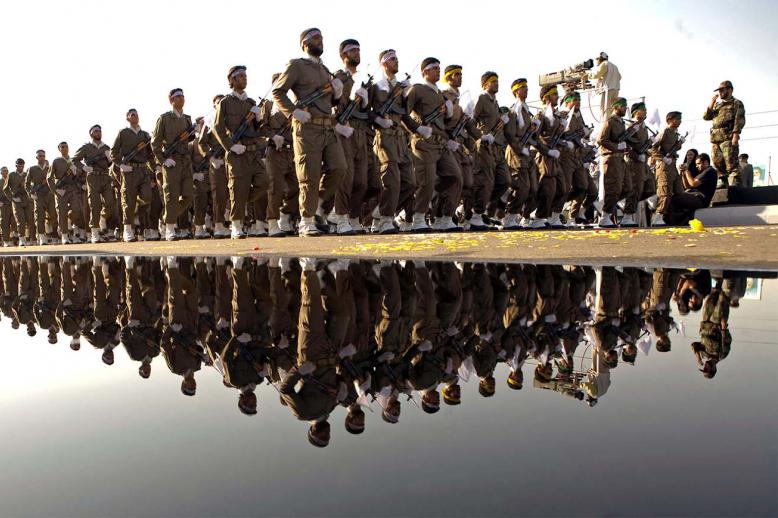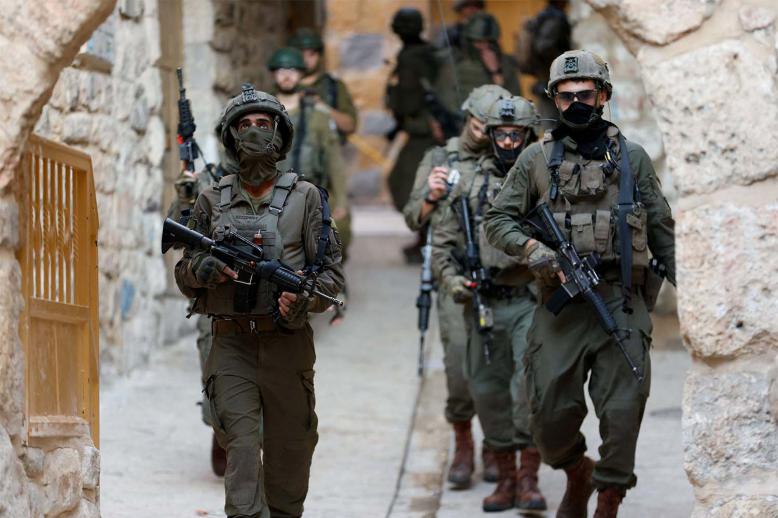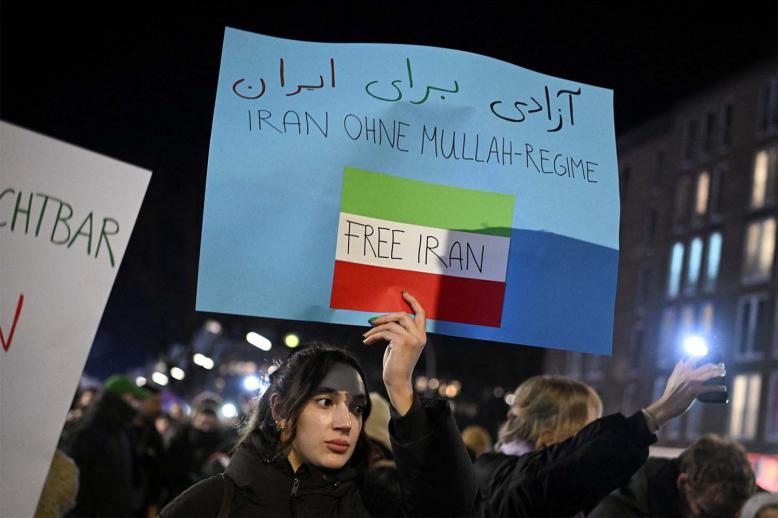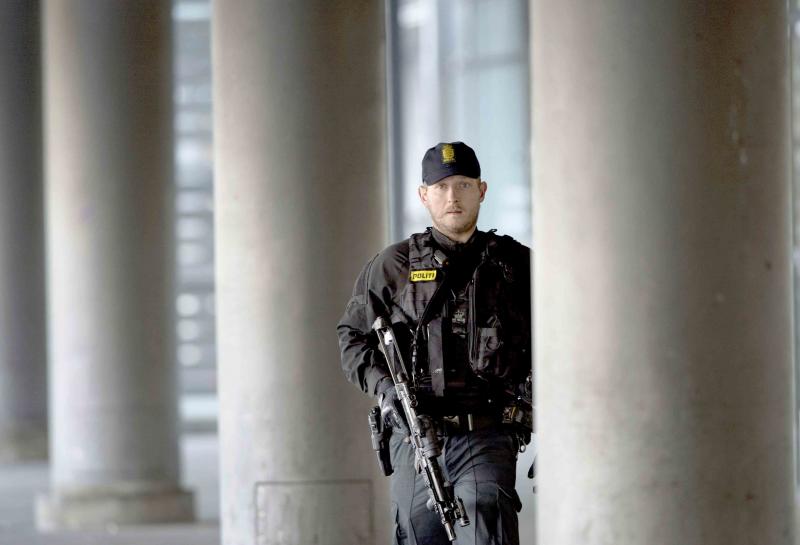Tehran’s terror reaches the shores of Denmark
Iran has a long history of espionage and even assassination of political opponents abroad. For some time, however, while the espionage continued, the regime appeared to have abandoned the practice of political assassinations. Members of the opposition never posed a real threat to the regime in Tehran and the diplomatic cost of such operations was too high.
However, the arrest of an Iranian/Norwegian dual national in Sweden indicates a change in calculations and mode of operation by some group in Tehran.
On September 28, Danish police started a manhunt that paralysed the country because the eastern island of Zealand, home to Copenhagen, was cut off. Danish police said they were looking for a black Swedish-registered car with “possibly three people onboard” in connection with “serious criminality.”
A few days later, it became clear that Danish police expected the imminent assassination or kidnapping by Iranian agents of an individual known by the pseudonym Yaquob Hurr al-Tisteri.
The target, who lives in Ringsted, 60km south-west of Copenhagen, is the spokesman of the secessionist Arab Struggle Movement for the Liberation of Ahwaz (ASMLA).
Tisteri publicly defended the September 22 terrorist attack against an Iranian military parade in Ahvaz. In an interview with Iran International TV in London, Tisteri credited the Ahvaz National Resistance (ANR) with the attack. He said the Ahvaz independence movement endorsed “armed struggle against the military and legitimate targets, including oil pipelines and facilities, the [Islamic Revolutionary Guard Corps] IRGC and military forces of the Islamic Republic, to the extent that ordinary citizens are not harmed.”
The other organisation that claimed responsibility for the attack was the Islamic State (ISIS). On September 23, ISIS released a video allegedly showing three perpetrators on their way to the parade, which largely discredits Tisteri’s claim on behalf of the Ahvazi group.
Authorities in Denmark remain tight-lipped but, in an October 30 news conference, Danish Security and Intelligence Service chief Finn Borch Andersen said an arrest had been made in Gothenburg, Sweden. Andersen said the individual had been arrested on suspicion of helping an unspecified Iranian intelligence service “to act in Denmark” and for alleged involvement in a plot to assassinate members of the ASMLA.
Norway’s TV2 reported that the arrested man is a father in his 30s. He is said to have achieved a residence permit — possibly political asylum — in Norway by claiming he was opposed to the regime in Iran. He has a “technical education” from Iran and worked with different companies in the IT sector in Norway.
He attracted the interest of Danish police when he photographed ASMLA’s small office from a car with Swedish registration plates. He shook off the Danish police tailing him but was apprehended in Sweden.
It is not yet known which Iranian intelligence service the Iranian/Norwegian dual national was working for. However, considering the IRGC was targeted in the Ahvaz terror attack, the suspect probably cooperates with the IRGC Intelligence Organisation. This intelligence outfit’s calculations may differ from those of the more professional Ministry of Intelligence and Security (MOIS).
The MOIS has, from the mid-1990s, generally shied from the assassination of Iranians abroad but the IRGC Intelligence Organisation is just asserting itself as the premier agent of extraterritorial assassinations.
Had the IRGC Intelligence assassinated Tisteri and his associates, it would have accomplished two things: intimidating the Iranian opposition at home and embarrassing President Hassan Rohani and his technocratic government abroad.
In any case, regardless of which agency was behind the suspected terror plot in Denmark, Europe must brace itself for more assassination attempts.
Ali Alfoneh is a Visiting Scholar at the Arab Gulf States Institute in Washington.
This article was originally published in The Arab Weekly.


